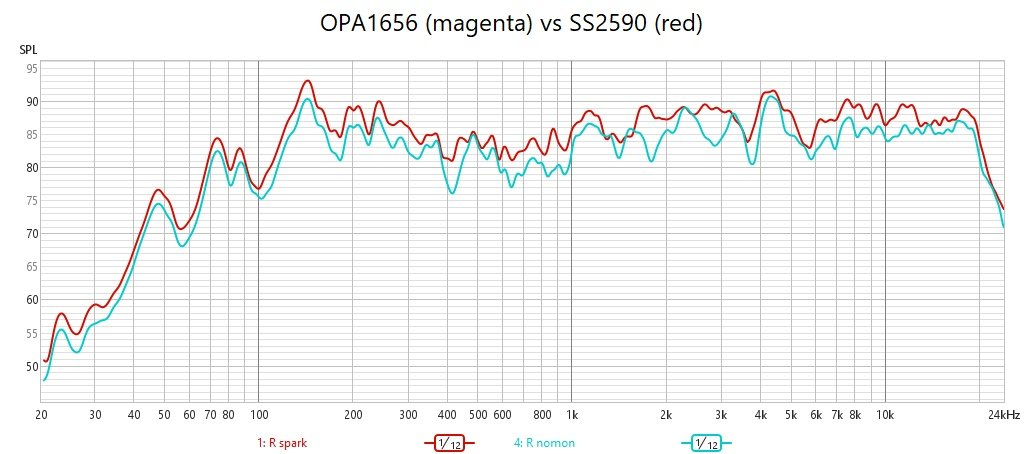raoultrifan
Headphoneus Supremus
Thanks for sharing SpudHarris!
By looking to the specs (especially speed, unity gain stable and input bias current) I can see that OPA602 could be a good candidate to I/V stage of a DAC, though it's noise is a bit higher than OPA604, way above the noise of the OPA8597 and above the AD797. It's speed is not very high, so it will probably not oscillate in most configurations, even with a badly designed PCB.
In what stages have you been using it, please? I/V? LowPass? Voltage Gain? Output buffer?
Thank you!
By looking to the specs (especially speed, unity gain stable and input bias current) I can see that OPA602 could be a good candidate to I/V stage of a DAC, though it's noise is a bit higher than OPA604, way above the noise of the OPA8597 and above the AD797. It's speed is not very high, so it will probably not oscillate in most configurations, even with a badly designed PCB.
In what stages have you been using it, please? I/V? LowPass? Voltage Gain? Output buffer?
Thank you!






















